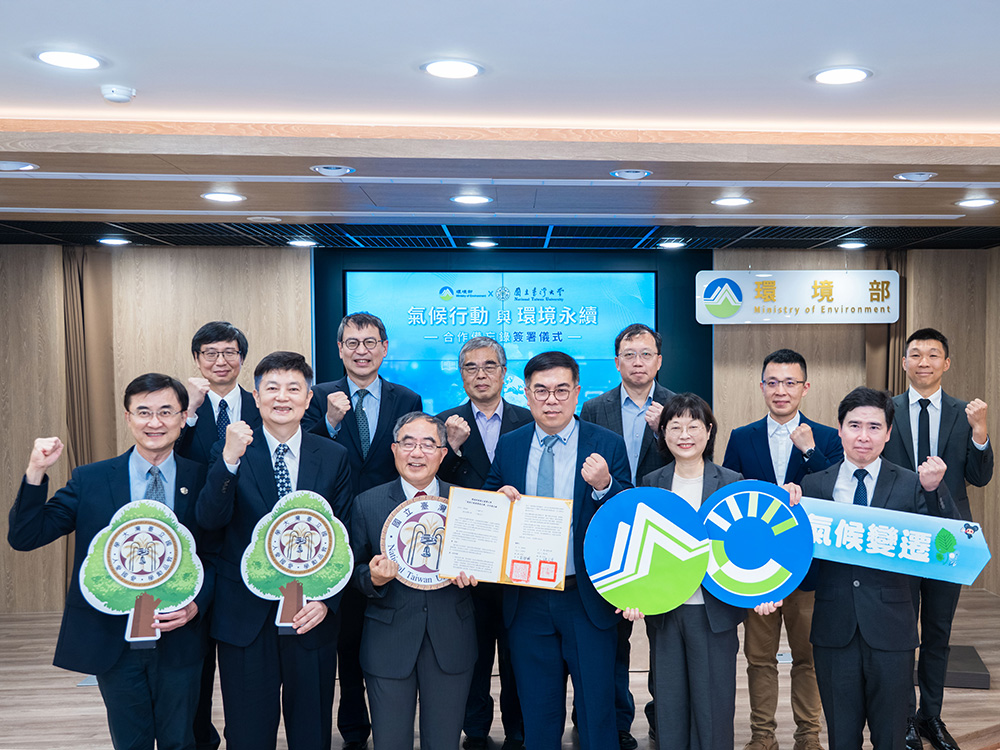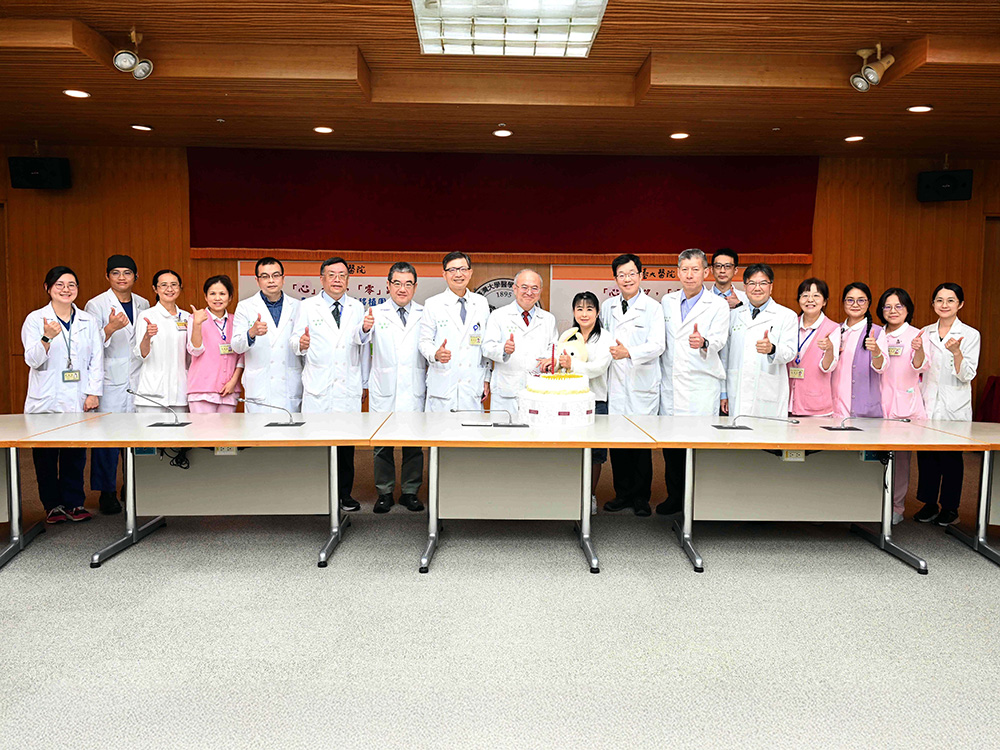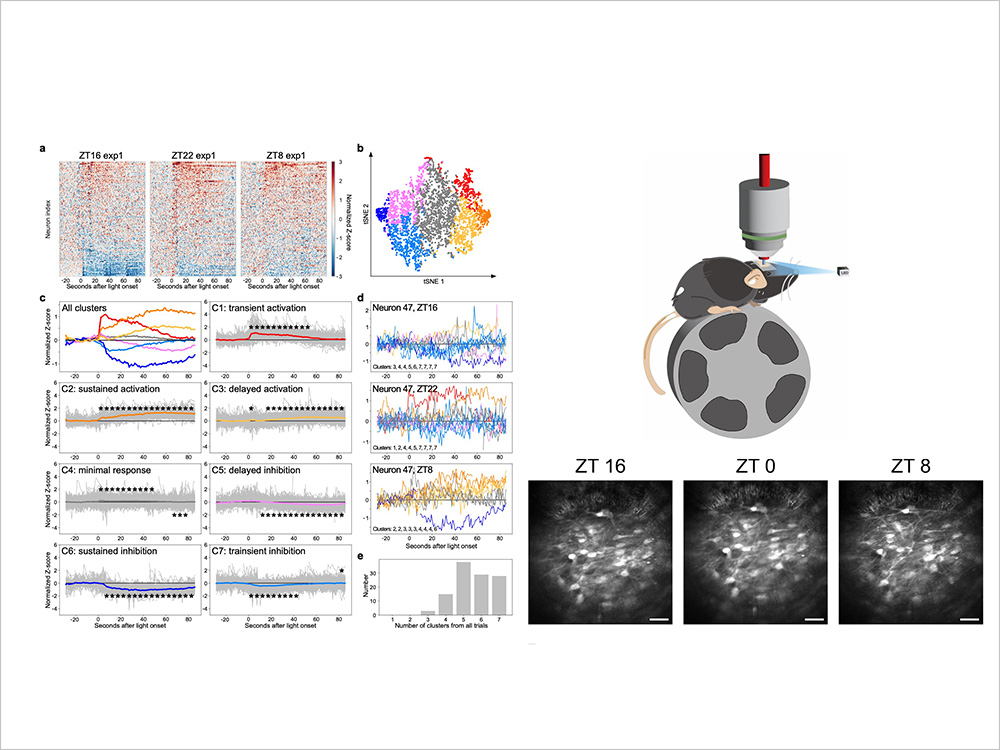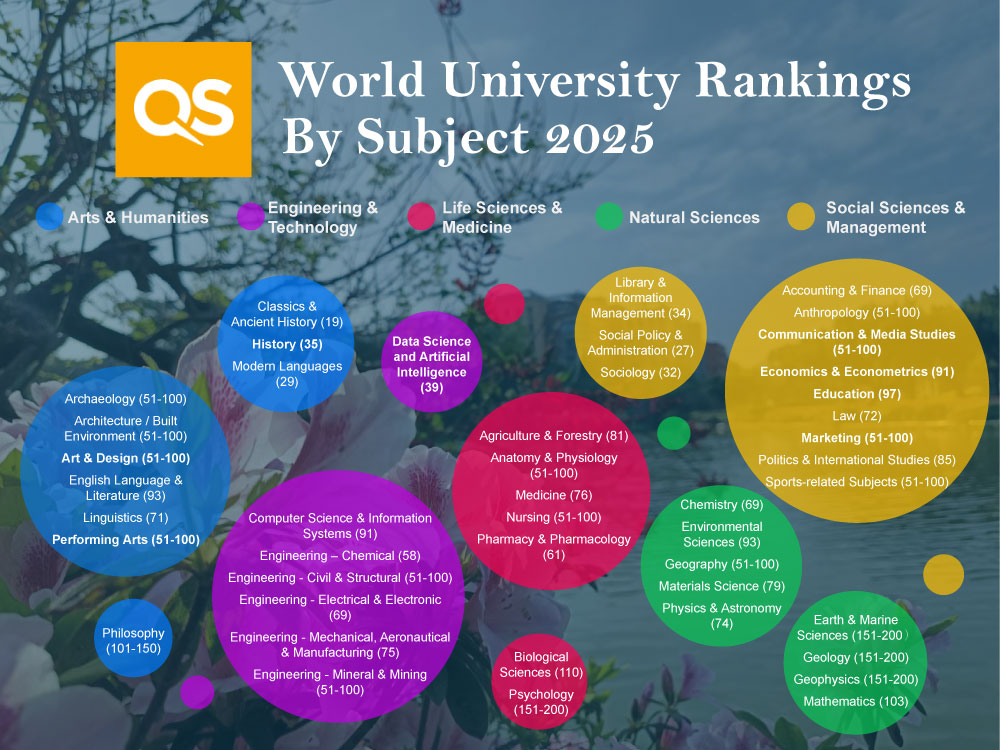
NTU and Ministry of Environment Sign MOU to Advance Net-Zero Transition and Environmental Resilience
瀏覽器版本過舊,或未開啟 javascript
請更新瀏覽器或啟用 javascript
Spotlights
The Max Planck-IAS-NTU Center (MPC) for Particle Physics, Cosmology, and Geometry—a collaborative research initiative between the Max Planck Society for the Advancement of Science (MPG) in Germany; the Institute for Advanced Study (IAS) in Princeton, NJ, USA; and National Taiwan University (NTU) in Taipei, Taiwan.
Johannes Henn (left), Nima Arkani-Hamed (middle), and Daniel Baumann (right), Co-Directors of the Max Planck-IAS-NTU Center for Particle Physics, Cosmology, and Geometry. Photo Credits (left to right): A. Griesch (MPP), Maria O’Leary (IAS), Julian Baumann.
Ever since the 20th century, the theories researchers use to describe the Universe at small and large scales—from the Standard Model of particle physics to general relativity—have proven incredibly successful. Yet, such theories remain incompatible with one another and carry their own limitations. In order to better understand the Universe at all scales, leading experts have established the Max Planck-IAS-NTU Center (MPC) for Particle Physics, Cosmology, and Geometry—a collaborative research initiative between the Max Planck Society for the Advancement of Science (MPG) in Germany; the Institute for Advanced Study (IAS) in Princeton, NJ, USA; and National Taiwan University (NTU) in Taipei, Taiwan.
The Center will begin operations in July 2025, with five years of initial funding. The three co-directors of the Center are Johannes Henn (MPP), Nima Arkani-Hamed (IAS), and Daniel Baumann (NTU). Deputy co-directors are Bernd Sturmfels (MPI-MiS), Matias Zaldarriaga (IAS), and Yu-tin Huang (NTU). An opening symposium at NTU will take place from September 1–3, 2025 and a kick-off conference at IAS is planned for March 16–20, 2026.
“By uniting the expertise and scientific potential of its three founding partners under a single umbrella, the Center forms a global hub for excellence and knowledge transfer in theoretical physics,” stated Johannes Henn of the Max Planck Institute for Physics (MPP). “It enables collaborative research across institutional and disciplinary boundaries, fostering synergies that span from novel mathematical frameworks relevant to quantum field theory to interactions of elementary particles and to the physics of the early universe.”
Particle physics seeks to understand the fundamental building blocks of matter at scales smaller than the proton or neutron, while cosmology considers the structure and evolution of the Universe on the largest scales. Recently, surprising new connections have emerged between particle physics, cosmology, and geometry, hinting at radical new ways of conceptualizing the physics of particle scattering and the initial conditions of the Big Bang. By uniting these three disciplines, researchers hope to gain new insights into the Universe that would otherwise be inaccessible from the perspective of each field alone. In this way, the Center will act as a cosmic Rosetta Stone, aimed at deciphering the deep mysteries of the Universe.
“One of the most remarkable discoveries of modern cosmology is that the hot Big Bang was not the beginning of time. A fascinating question is what happened before the hot Big Bang and how it created the initial conditions for the structures we see in the late universe,” said Daniel Baumann, Chee-Chun Leung Professor of Cosmology at NTU. “By joining together experts in the fields of particle physics, cosmology, and geometry, we hope that this Center will produce new insights into these profound questions about the early universe and the physical laws that governed it.”
Engaging world-class researchers, postdoctoral scholars, and students, the Center will also include scholars with expertise in observational cosmology and astrophysics to complement its theoretical efforts. The Center is committed to excellence and to identifying and recruiting talent wherever it is found. Key activities will include focused workshops, international conferences, summer schools, and collaborative visits, fostering a dynamic exchange of ideas across disciplines and geographic boundaries.
“A decade ago, it would have seemed absurd to particle physicists and cosmologists that the description of colliding elementary particles at accelerators or the generation of density perturbations during inflation would have anything whatsoever to do with aspects of combinatorics, algebra, and geometry. This connection would have seemed equally absurd to the mathematicians,” remarked Nima Arkani-Hamed, Gopal Prasad Professor in the School of Natural Sciences at IAS.
At the NTU end, the Center is funded partly by NTU and partly by the National Science and Technology Council (NSTC). “We are thrilled to join the new Max Planck Center as a partner with two world-leading institutes for curiosity-driven research,” emphasized NTU’s President Wen-Chang Chen. “Our university is strongly committed to supporting this international collaboration between leading researchers in Germany, the United States and Taiwan. We welcome the opportunity of scientific exchanges between our institutions and look forward to the exciting new science to come from these collaborations.”
About Max Planck Centers
About the Partner Institutions

NTU and Ministry of Environment Sign MOU to Advance Net-Zero Transition and Environmental Resilience

NTU Hospital’s Cardiac Transplant Team Pioneers Beating Heart Transplant with Zero Ischemic Time

Study of a male Denisovan from Taiwan published in Science

Interdisciplinary Collaboration Between Life Sciences and Engineering Unveils New Mechanism of Circadian Clock Regulation

NTU ranks Top 50 in 7 subjects in 2025 QS Subject Rankings
Current Spotlights